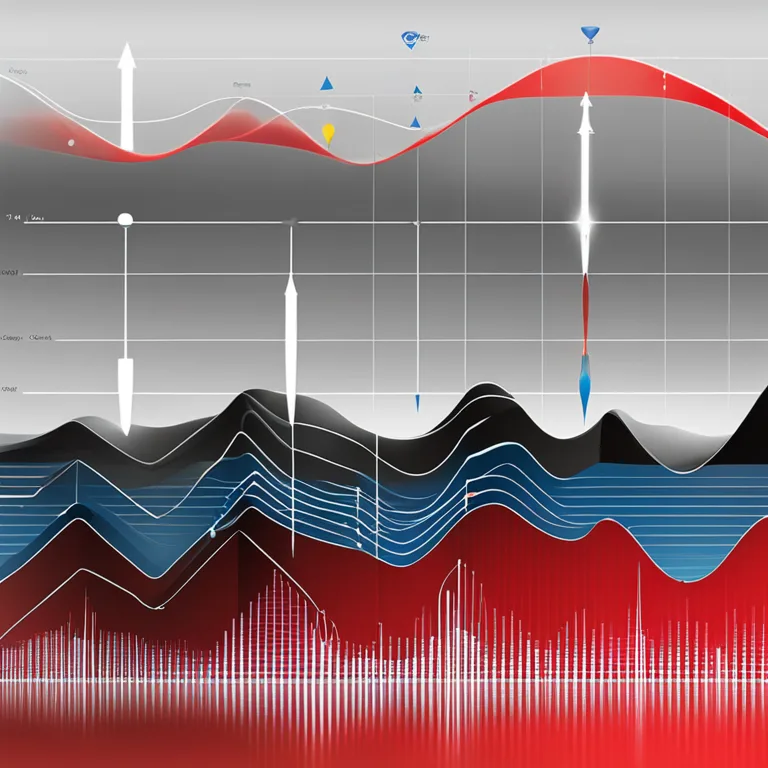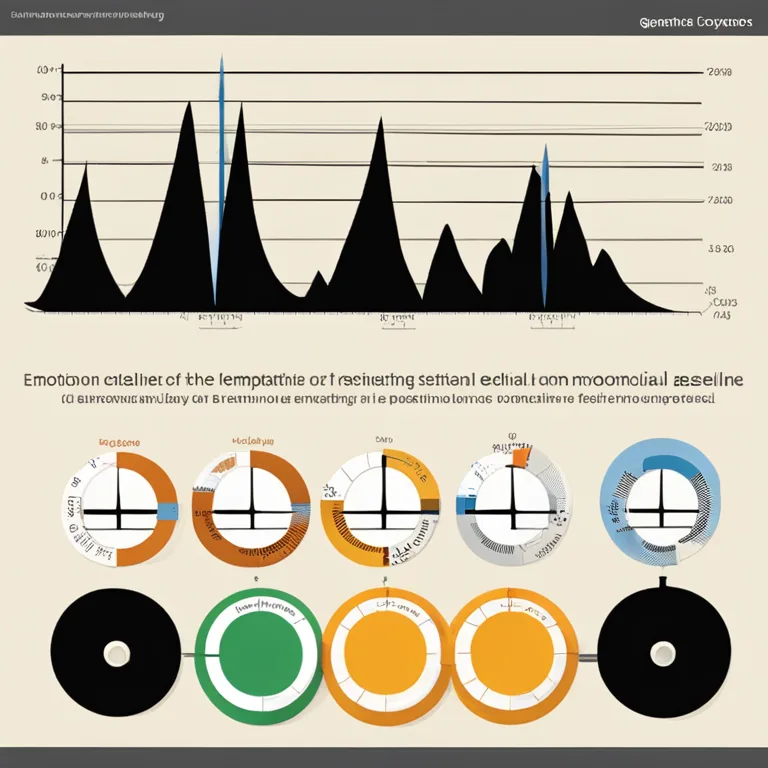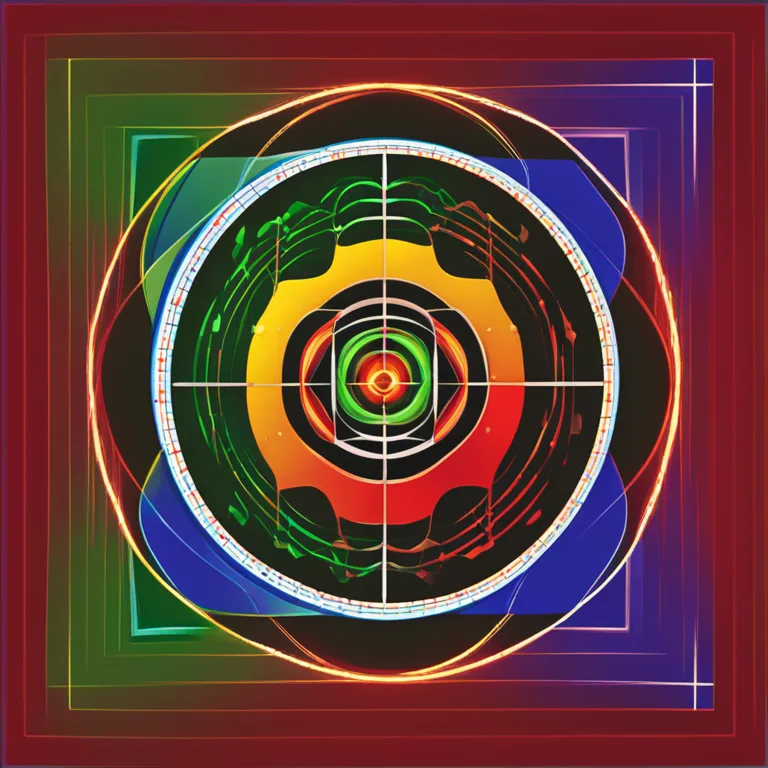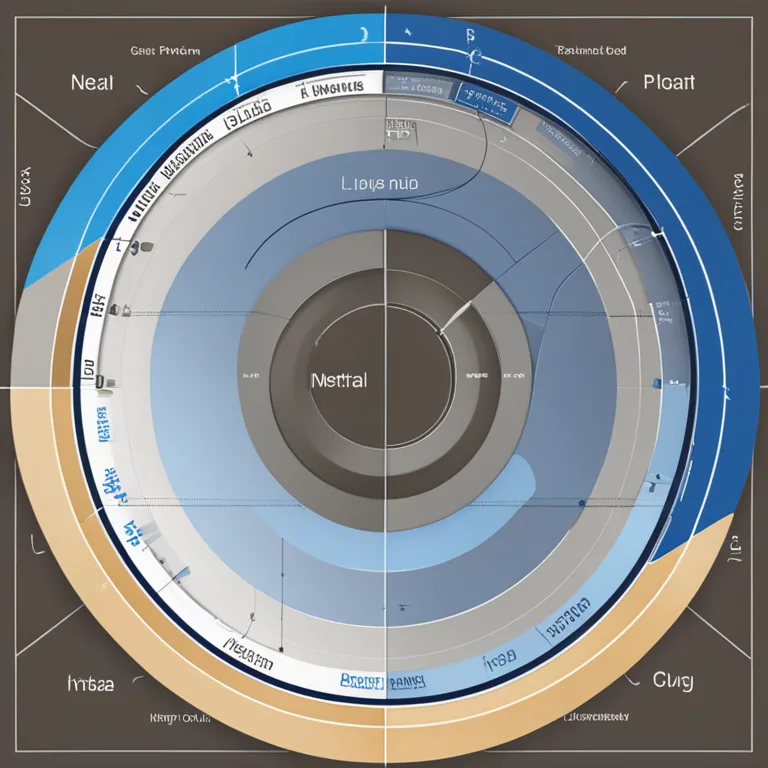
Mastering Biorhythm Charts: A Guide for Beginners
Grasp the essentials of biorhythm chart reading and uncover the rhythms governing your physical, emotional, and intellectual well-being.
article by Adrian Wallace
Introduction to Biorhythm Theory
Biorhythms are a theoretical concept suggesting that three cyclic patterns govern human life: the physical, emotional, and intellectual cycles. These cycles begin at birth and oscillate in a sine wave pattern throughout life. The physical cycle lasts 23 days and influences vitality and health. The emotional cycle, with a 28-day span, affects mood and creativity. Lastly, the intellectual cycle, operating over a 33-day period, pertains to mental acuity and analytical ability. By charting these patterns, individuals can anticipate their peaks and troughs, potentially optimizing decision-making and performance.

Physical Cycle Insights
A biorhythm chart represents the physical cycle with a distinct wave usually marked in red. The crest phase indicates a time of high energy and robust health, ideally suited for physical challenges and demanding activities. Conversely, the trough reflects lower energy levels, suggesting a time for rest and recuperation. Being in tune with this cycle's flow can be instrumental for athletes, fitness enthusiasts, and anyone aiming to manage their physical well-being effectively.

Emotional Cycle Explained
The emotional cycle, often depicted in green, ebbs and flows in a 28-day period. Days marked above the baseline forecast times when one might feel more upbeat, empathetic, and emotionally resilient. In contrast, days below the baseline might correspond with periods of emotional sensitivity or moodiness. Interpreting the emotional biorhythm helps in planning activities requiring emotional strength and can provide insights into interpersonal relationships and personal well-being.

Intellectual Cycle Dynamics
The blue line on a biorhythm chart maps the intellectual cycle. When the line rises above the neutral point, it denotes a phase of heightened mental performance—good for analytical tasks, learning new skills, and strategic planning. As the line dips below, it advises caution with intellectual pursuits, indicating a period where one might not be as sharp or focused. Recognizing these patterns allows for fruitful alignment of mental tasks with the optimal times suggested by the cycle.

Calculating Your Biorhythms
To read a biorhythm chart accurately, you must start by calculating your cycles using your birth date as the point of origin. Modern software and online applications have simplified this process to mere clicks. Upon entering your birth date, these platforms generate a personalized biorhythm chart that visualizes your cycles over a specified duration. Reviewing these charts periodically can offer a reflective lens into the subtle biological rhythms that silently influence daily life.
Practical Applications and Considerations
While biorhythm charts present a captivating view of potential personal rhythms, it's important to note that the biorhythm theory is not scientifically validated. Thus, they should not be relied upon as the sole basis for crucial decisions regarding health, behavior, or life choices. Instead, treat them as a supplemental tool to heighten self-awareness and encourage harmonious living with your natural patterns.
Conclusion and Further Exploration
Navigating a biorhythm chart can be both fascinating and insightful. Armed with knowledge of your physical, emotional, and intellectual cycles, you're better equipped to plan your activities, understand your moods, and manage your productivity. As with any esoteric system, the key lies in finding balance and using the insights as one of many compasses on your journey to personal well-being.
Published: 12/28/2023
Modified: 12/28/2023
More predictions
Come back here soon to learn more about yourself and your future


Exploring Human Biorhythmic Cycles
Explore the fascinating concept of biorhythms and their influence on physical, emotional, and intellectual faculties in humans.


Unlocking Your Body's Natural Clock
Explore the intriguing world of biorhythms and discover how they influence your physical, emotional, and intellectual states.


Biorhythms In Humans Explored
Exploring the concept of biorhythms and their influence on human behavior and physical states.